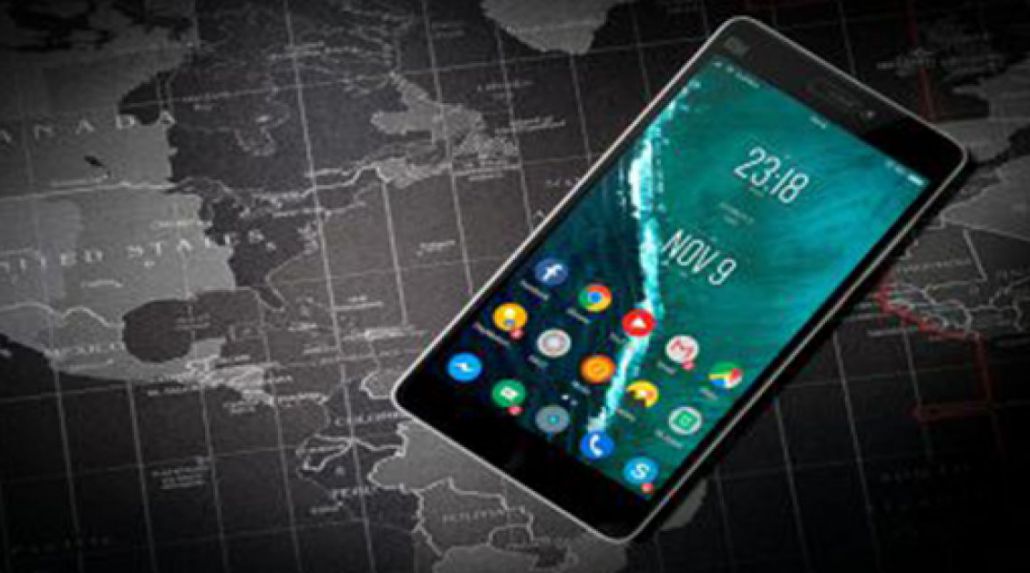
Saving Your Battery from the Impact of Roaming
June 20, 2019
Our society’s reliance on mobile devices has caused most people to either carry extra battery packs or become experts in battery-saving techniques and settings. However, the impact of battery drain on our mobile devices is accelerated when we travel. There are 3 key reasons for this, all of which relate to the device simply doing more work than usual.
- Technical: When your device is away from its “home” network, there is an increase in communication between the cell towers to register as a visiting device. Also, instead of moving only between the towers of your provider (Verizon, for example), your device can move between towers of multiple different providers looking for the best signal when in a different country.
- Apps & Services: You are more likely to use battery-draining apps like Google maps and the GPS service.
- More Overall usage: Because we are away from our office computer, we simply spend more time on our mobile device when we travel.
So, what can you do? While turning services and settings on and off can be a pain, services that are actively looking for connections do drain power.
Focus on those you are least likely to use when you travel. For many people, Bluetooth is primarily used to connect to their car at home and are unlikely to use it while traveling, so turn that off. If your company has a strict security policy about not connecting to public wifi connections, turn wifi off as well, until or unless you are at a trusted location.
We don’t recommend turning off GPS or location services because you’ll frequently need these while traveling. But, to save on data roaming and battery drain, you can download maps of the locations you are going to. This allows you to continue to access the full features of your map application but eases the battery burden. In Google Maps, look for Offline Maps from the menu.
Many users regularly keep their screens at a low brightness level to conserve the battery. This is a great strategy, but be careful of a pitfall related to this when travelling. With a mobile boarding pass, you may need to turn up the brightness for TSA document checkers to scan the phone, and in the focus on getting through security, you forget to turn the brightness down CAN lead TO a rapidly draining battery.
